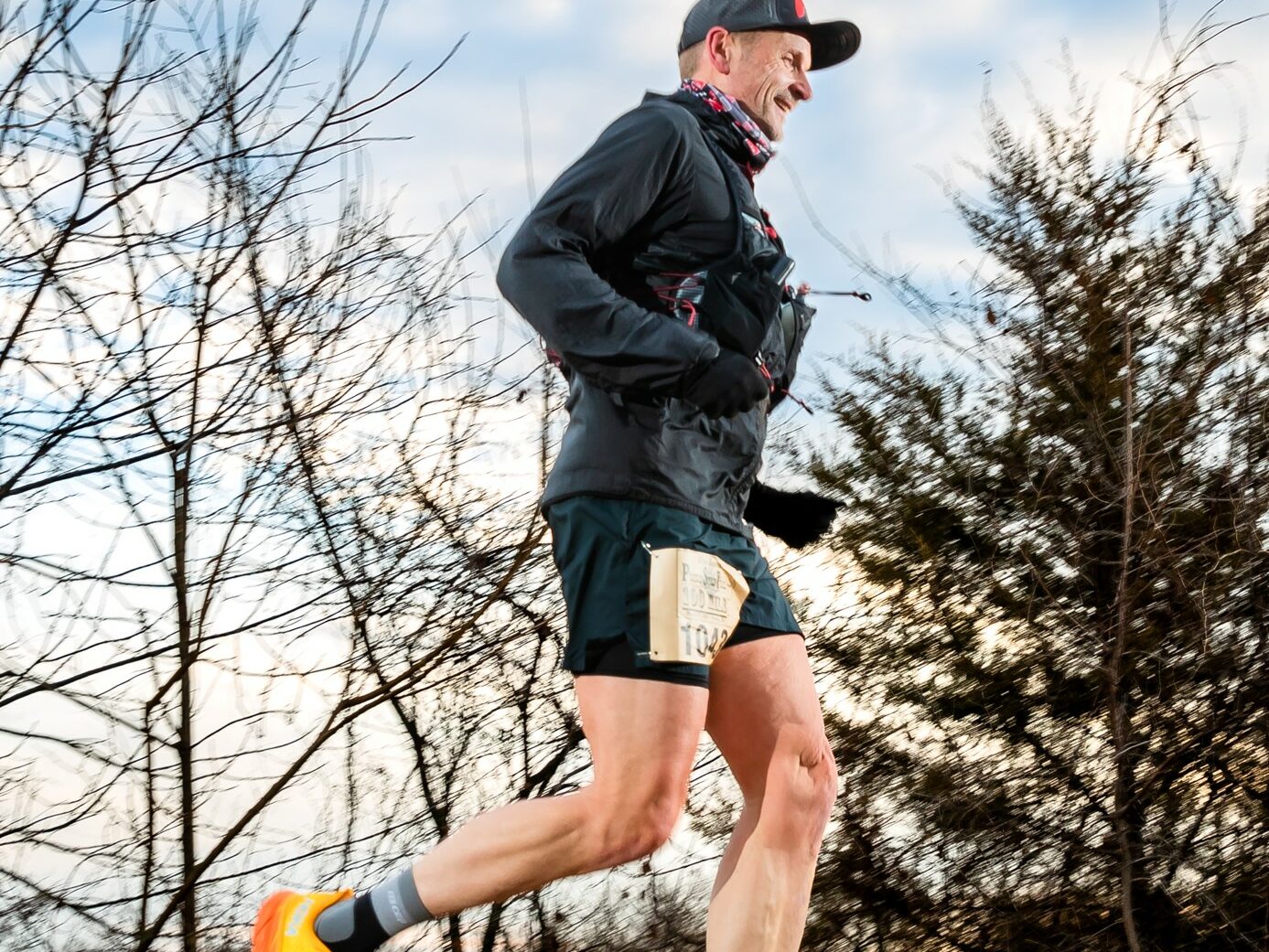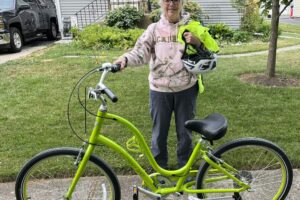In December 2012, I was at work when a mild discomfort in my rib cage quickly become excruciating.
Upon arriving at the ER, I was given various tests, including an EKG and ultrasound, which revealed blood clots in both of my legs, or deep vein thrombosis (DVT). Further testing confirmed that I had blood clots in both of my lungs, or bilateral pulmonary emboli (PE).
The diagnosis was shocking and emotional for me and my family. I was immediately put on blood thinners and underwent numerous tests to identify the cause of the blood clots. It was determined that they were a result of a traumatic ankle injury that had restricted blood flow.
This event marked the beginning of a year-long journey of surgeries and rehabilitation. First, an IVC filter was inserted into my main vein to prevent clots during ankle surgery. Then, my ankle was repaired, followed by the removal of the IVC filter. Throughout this process, I was on blood thinners for six months. I learned that future blood clot incidents would require lifelong medication.
After a year of surgeries and physical rehab, I gained a new perspective on life. Although I no longer play competitive soccer to avoid injuries, I have completed nearly 150 ultramarathons, pushing my physical and mental limits. While I live a fulfilling life, I occasionally worry about experiencing another clot, but I’ve learned to accept these moments and not let them consume me.
Now, I use ultrarunning to share my story and support the “Stop the Clot” campaign, inspiring other blood clot survivors and showing them that anything is possible. Reading the stories of others has helped as well as the materials explaining signs, symptoms, and preventative measures.
My advice to others would be: Don’t let your diagnosis or experience get you down. Do what you can to prevent future events, but remember to live life to its fullest, whatever that may mean to you.
Resources
Athletes and Blood Clots
Know Your Risk
Living Your Best Life on Blood Thinners




